3rd Generation Porsche Cayman (981) Story & History
IMPORTANT NOTE: The 981 was actually the second generation of Cayman. We are referring to it as the third generation on this site because it is the third generation of the Boxster platform. The Cayman and Boxster platforms have been the same since the Cayman was launched, which is why we kept them aligned in terms of generation (to make things easier and cleaner).
Cayman 981 (2012 – 2016)
Official photos: 2012 November 28, GTS 2014 March 19 / Premiere: 2012 November 28 at Los Angeles Auto Show, GTS 2014 April 20 at Auto China in Beijing / Market launch: 2013 March 2 (as a 2014 model), GTS 2014 May
Technical Specifications 981 Cayman
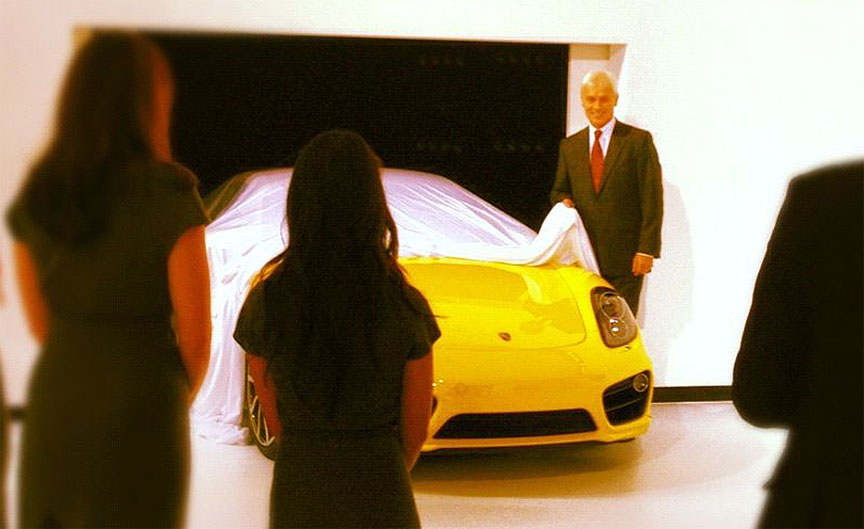
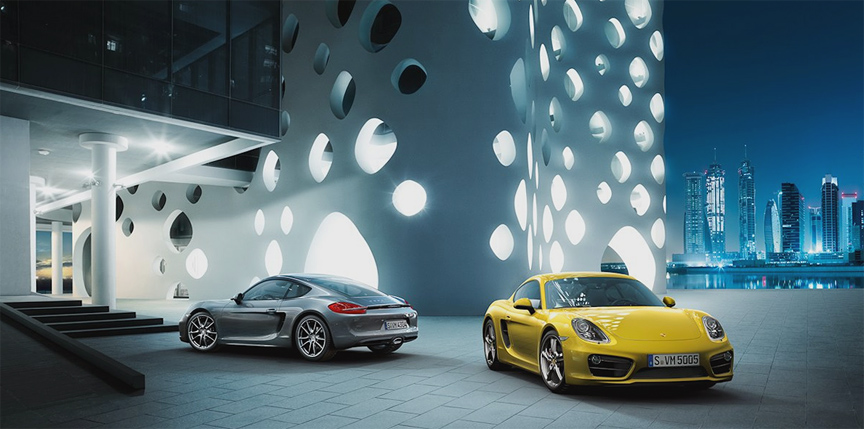

Body
Compared with the previous generation, the wheelbase was extended by 2.36″/60 mm. The bodyshell was a composite construction of aluminium and steel. Aluminium accounted for around 44%. The doors and lids were made entirely of aluminium.
The mirrors were mounted on the doors for better aerodynamics and lower wind noise. The external window trims were black as standard, but could be ordered in aluminium finish. The standard model came with the halogen headlamps and the S with xenon gas lamps as standard.
Technology
Since the 987.2 generation, the engine had integrated dry-sump lubrication, which ensured a reliable supply of oil even when the car was experiencing powerful lateral acceleration. The oil tank was located in the engine.
Even though the PDK gearbox has 7 speeds, top speed is reached in the 6th gear. For minimizing the CO2 emissions, the PDK has the coasting function, which means that when the throttle pedal is released, the engine is decoupled from the transmission to lower engine’s revolutions.
The steering system in the 9×1 cars was already electromechanical. Whereas a conventional hydraulically assisted steering system draws engine power continuously, the electric motor uses energy only when you actually steer. Optional speed-sensitive Power steering Plus made manoeuvring and parking easier.
As an active safety feature, the car came with engine drag torque control (EDC) which, like in the 987.2 cars, precharged the brake system when needed. If you suddenly released the accelerator pedal, the braking system became precharged so that the brake pads were already in light contact with the brake discs.
Electrical systems
Thanks to selective recharging, the engine had a bit more power as the battery was recharged by the alternator predominantly under braking.
The electric parking brake was released automatically as you pulled away with your seat belt fastened. A hill hold function was integrated as standard, even for the manual gearbox cars. As soon as sufficient torque was available, the brake was released and the vehicle moved off.
The standard start/stop function switches off the engine when you stop, select neutral and release the clutch pedal. In cars with PDK, it is simply a case of applying and holding the brake. The engine will restart as soon as you operate the clutch or, in cars with PDK, release the brake. The start/stop function can be deactivated and reactivated using a button on the centre console. The function is deactivated automatically in the event of extreme outside temperatures, low battery charge or activation of the Sport-button. The Sport-button on the centre console is fitted as standard. When selected, the engine reacts even more directly to the accelerator pedal and the rev-limiter is set higher.
The cruise control was still optional, reminding that someone would order the Cayman for racing only and therefore doesn’t need it. The cruise control can be activated between speeds of 18-149 mph/30-240 km/h. Also available was the adaptive cruise control. When installed, the radar sensor inside the front bumper scanned the road ahead up to a distance of 200 m/600 feet. If the vehicle ahead slowed down, adaptive cruise control decelerated the car accordingly. The system was capable of even taking the car down to a halt if the deceleration wasn’t too fast. If the system detected that your vehicle was approaching the vehicle in front too quickly, it issued an audible and a visual warning. This was accompanied by a brief application of brake force.
As standard, the glove compartment contained an audio interface, which enabled to connect an external audio device or USB stick. A 6-disc CD/DVD autochanger integrated into the PCM was available as an option. By means of the USB socket, it was also possible to download the performance data saved by the optional Sport Chrono Package, as well as data from the optional electronic logbook. In the opposite direction, you could transfer up to 10,000 audio tracks in MP3 format to the internal hard drive of the PCM. When playing recognised podcasts or audiobooks, the cover art was displayed.
Weight
While the 911 coupé of the same era was 70 kg/154 lb lighter than the 911 cabriolet, this is not the case with the Cayman as it was built on the Boxster‘s floorpan. The Cayman weighs as much as the Boxster.
Good value
With comparable equipment level, the 911 991 Carrera 3.4 was 33% more expensive than the Cayman 981 S 3.4. The Porsche rear seats for your kids are really expensive, but then again sex never was cheap.
Technical comparison Cayman 981 GTS vs. 911 991 Carrera Coupé
| Stats | Cayman 981 GTS | 911 991 Carrera Coupé |
|---|---|---|
| No. of seats | 2 seats | 4 seats |
| Gearbox | manual 6-speed | manual 7-speed |
| Engine | 3.4B6, mid | 3.4B6, rear |
| kW | 250 | 257 |
| lb-ft | 279 | 287 |
| Nm | 380 | 390 |
| 0-100 km/h | 4.9 sec. | 4.8 sec. |
| mph | 177 | 179 |
| km/h | 285 | 289 |
| kg | 1345 | 1380 |
| lb | 2965 | 3042 |
| W/lb | 84.3 | 84.5 |
| W/kg | 186 | 186 |

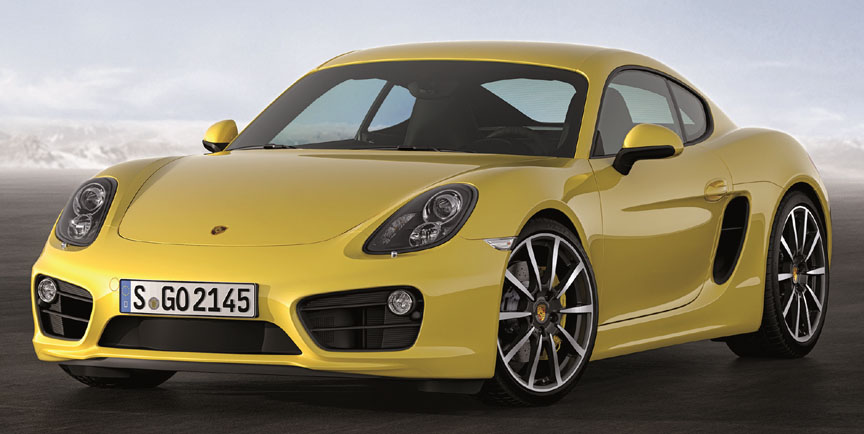
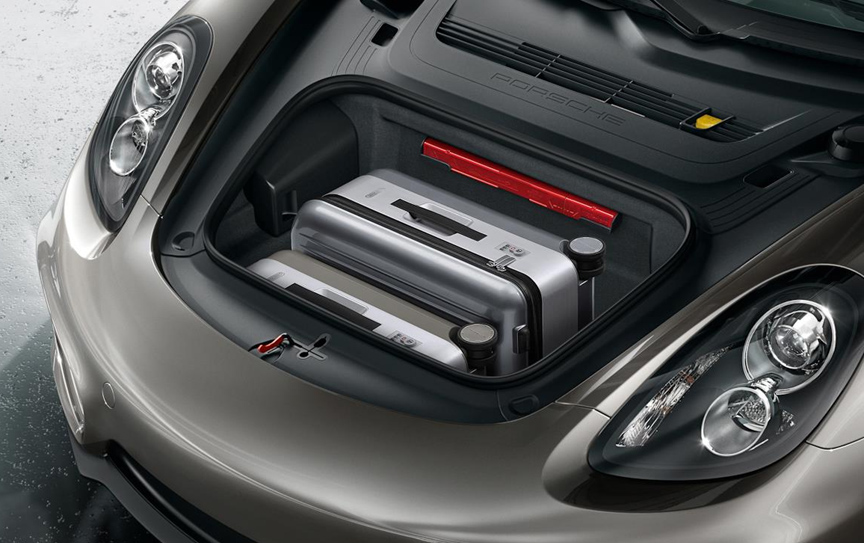
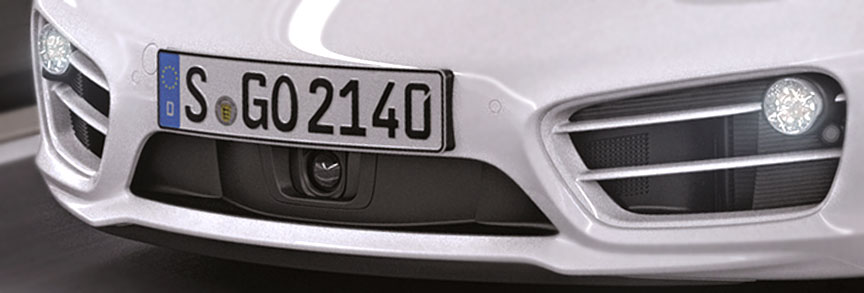
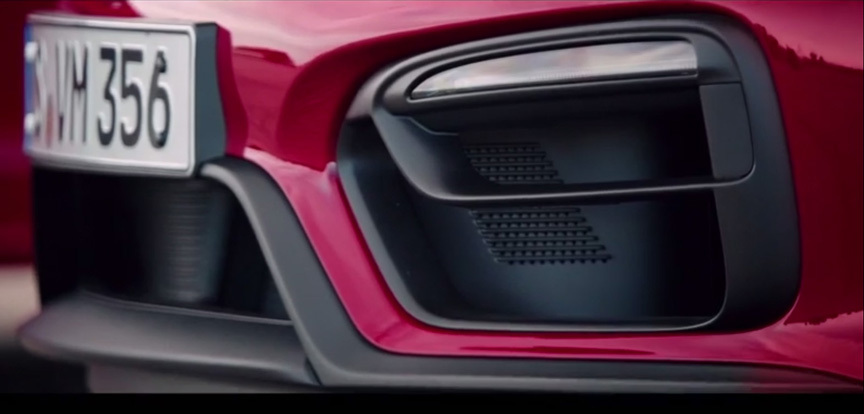

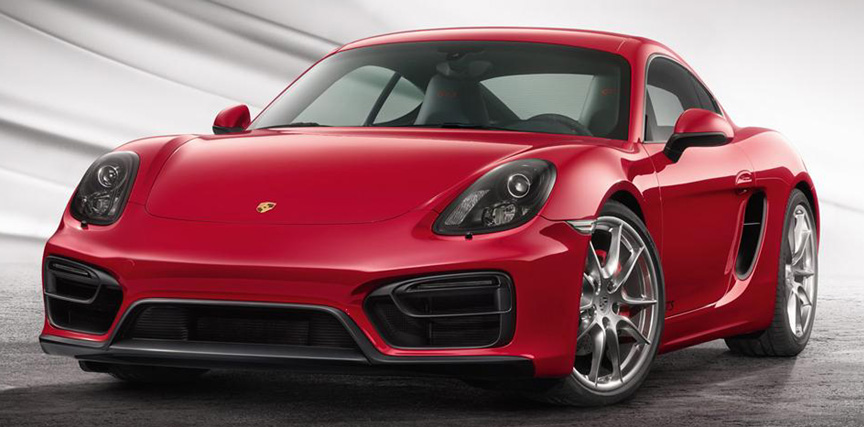
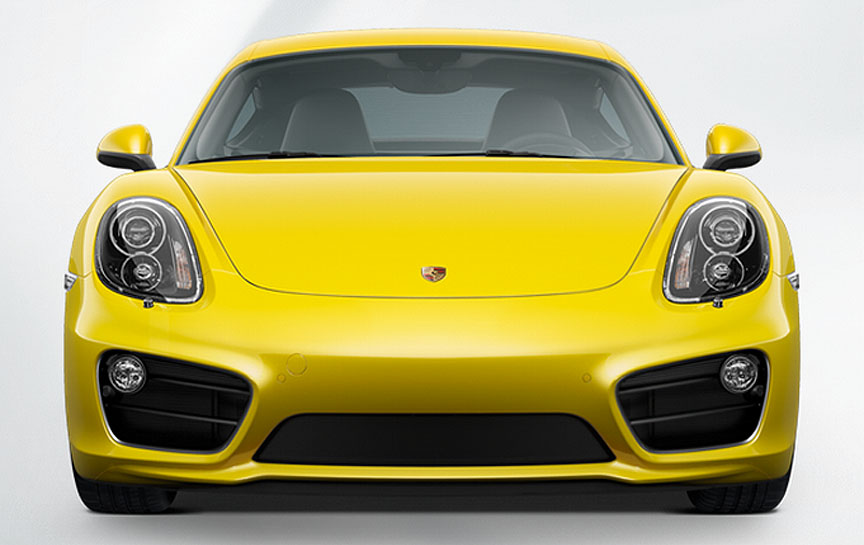
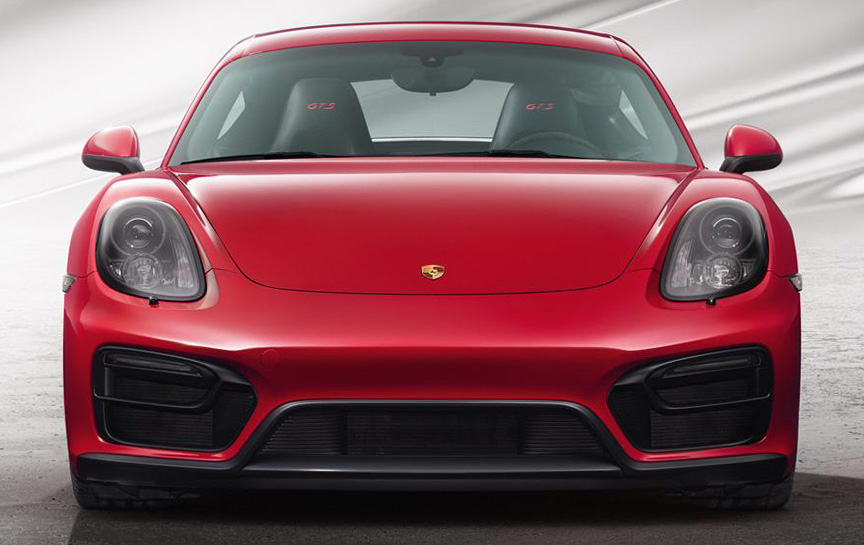
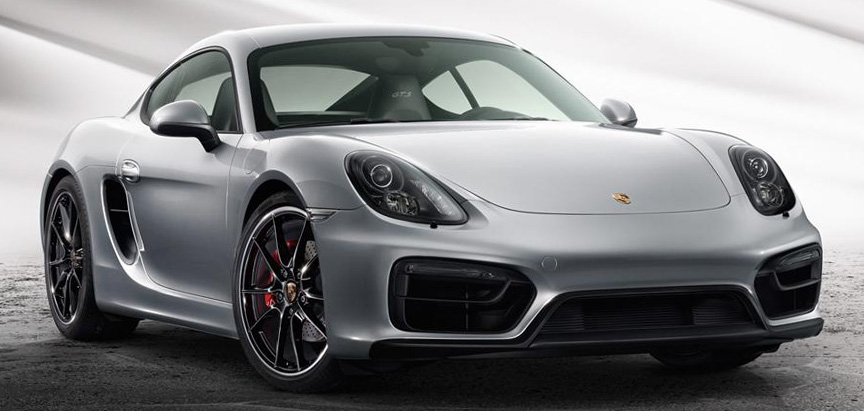
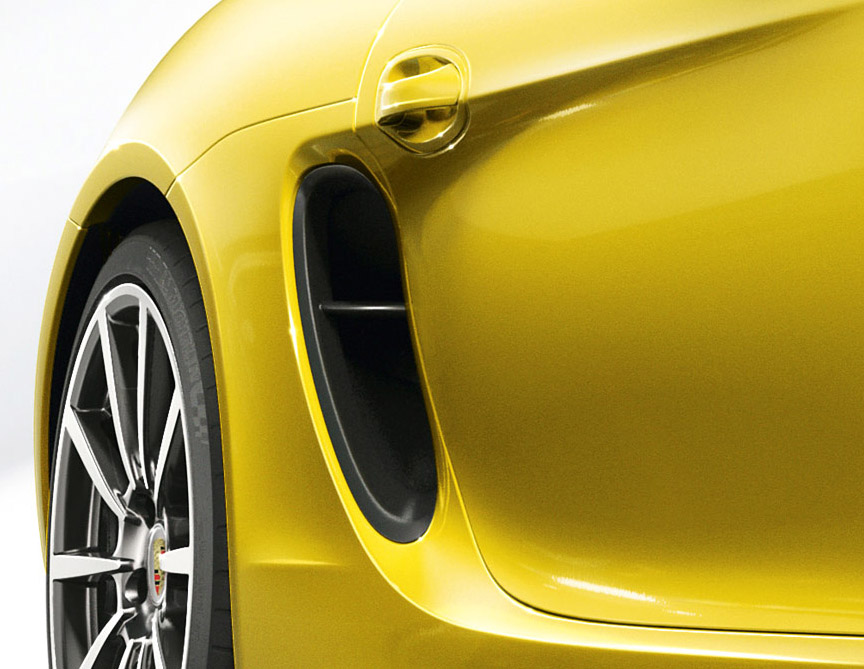
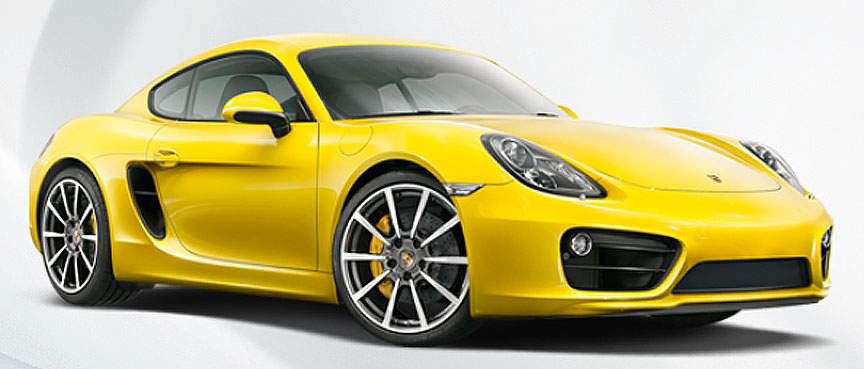
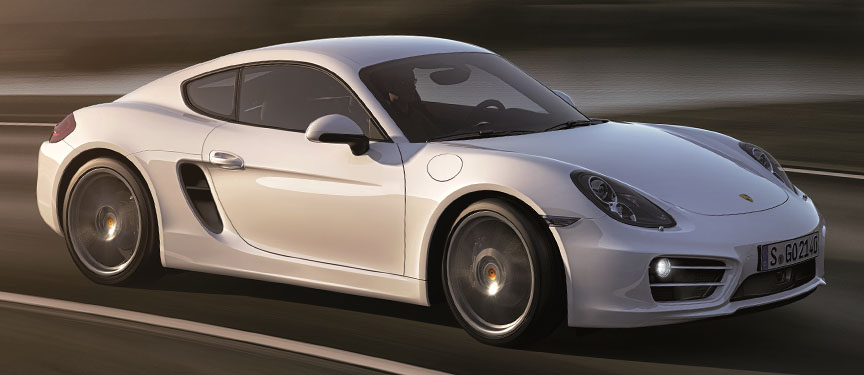
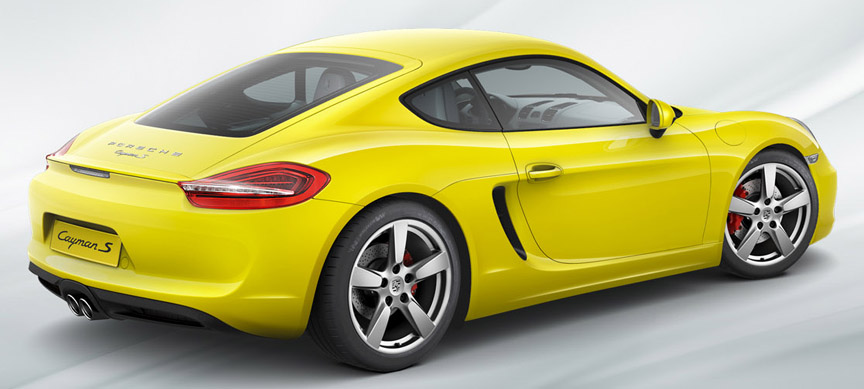
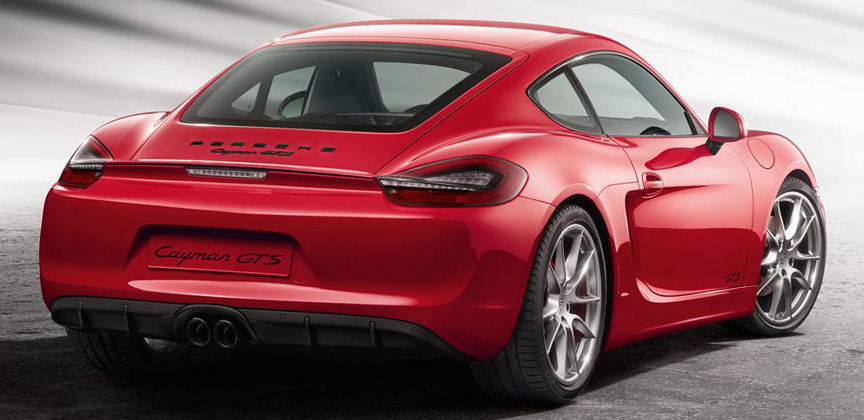
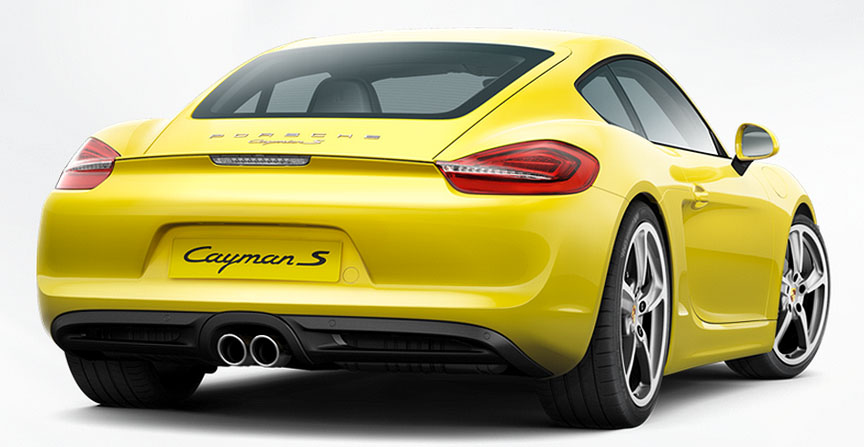
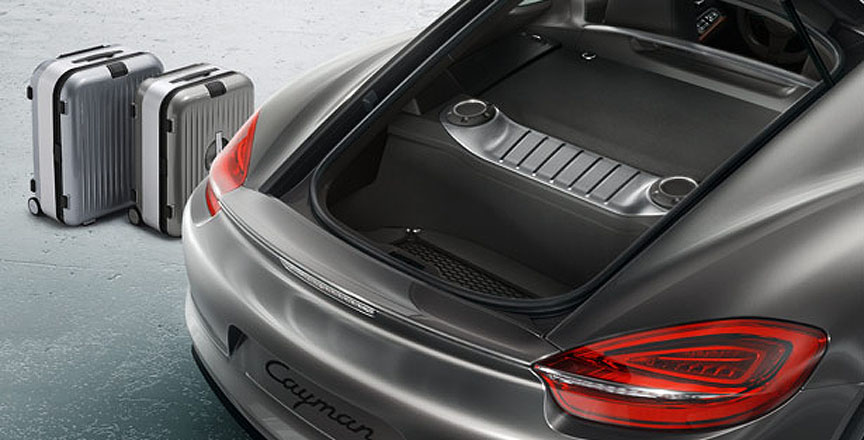
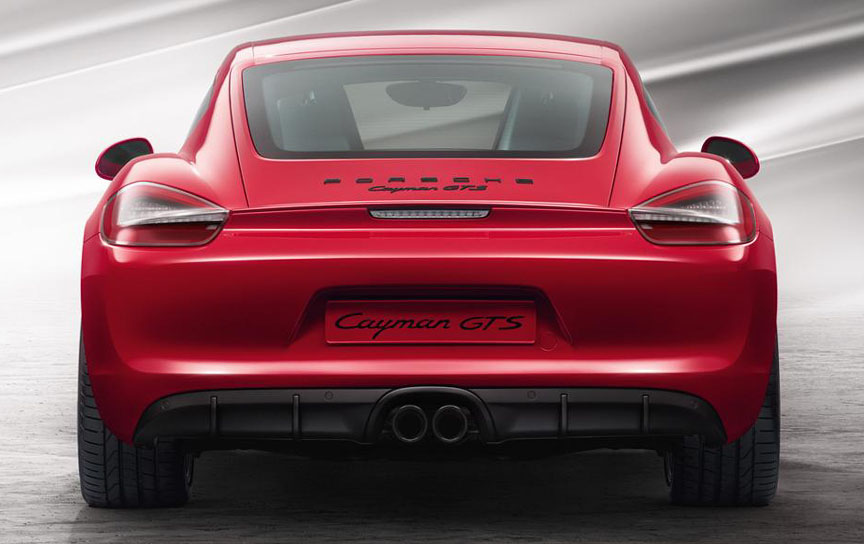
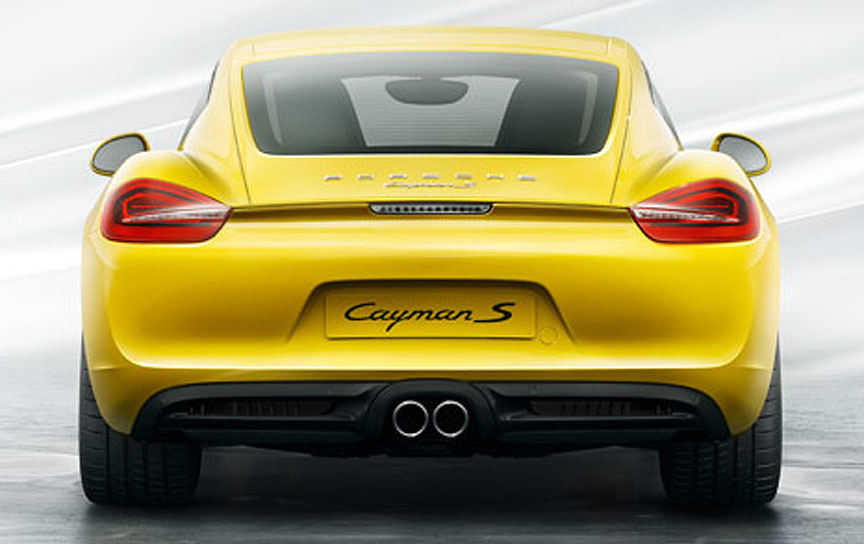
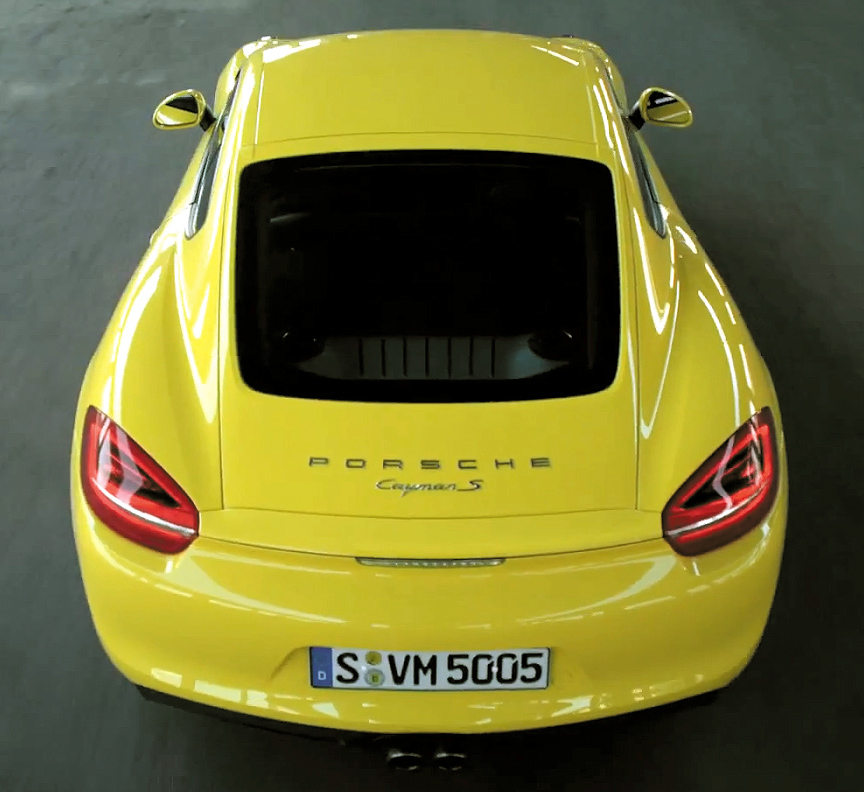
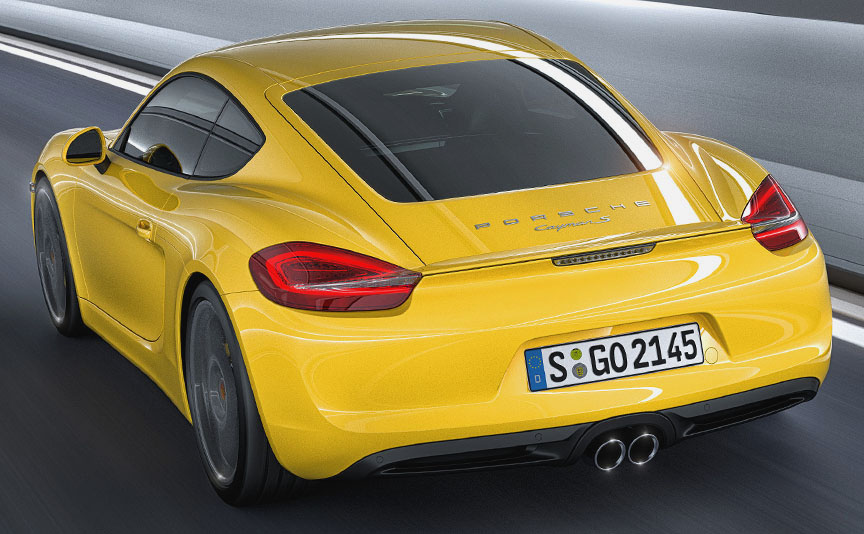
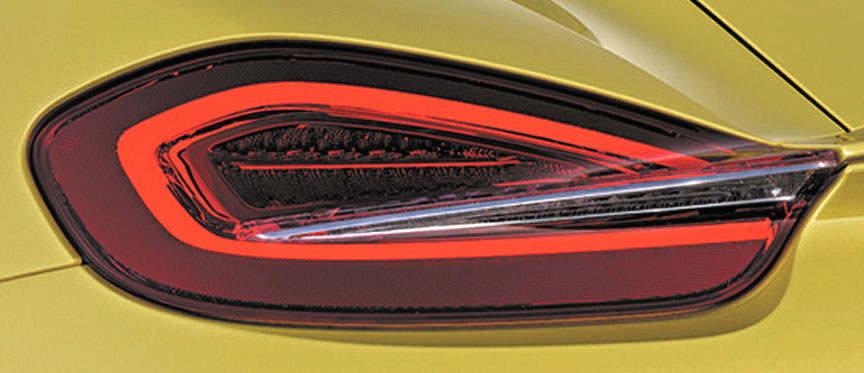
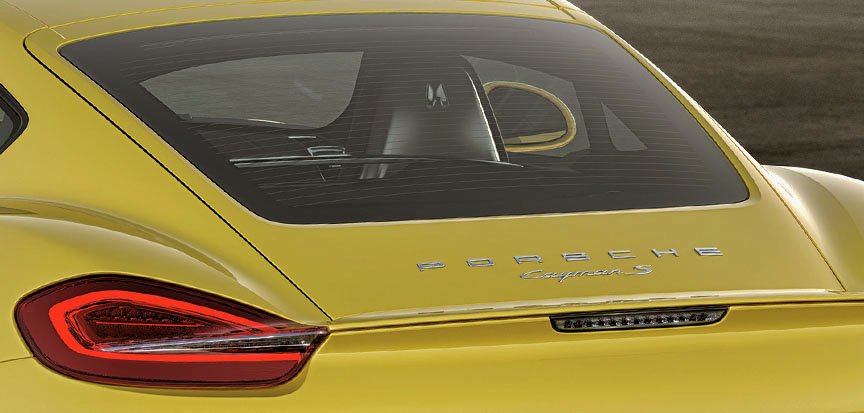
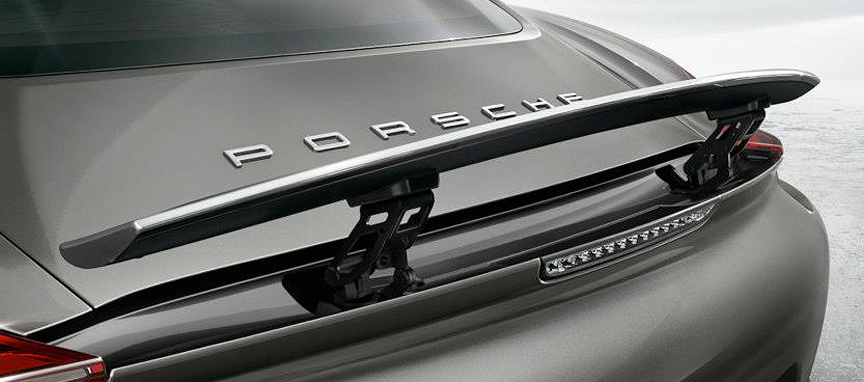
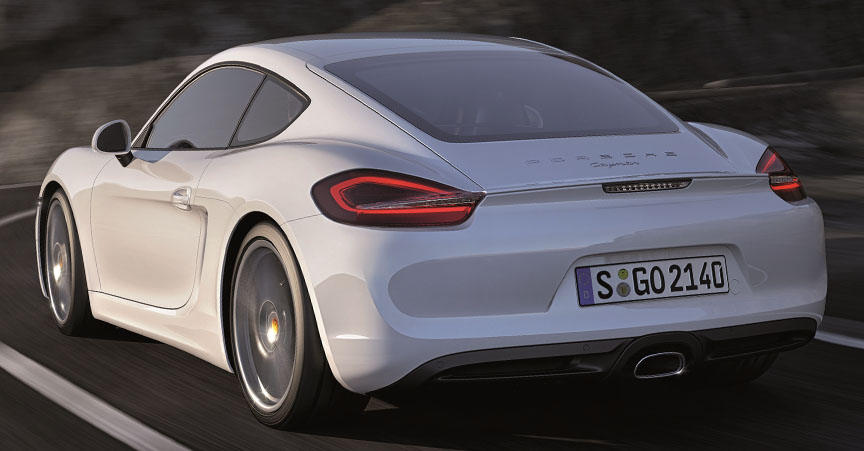
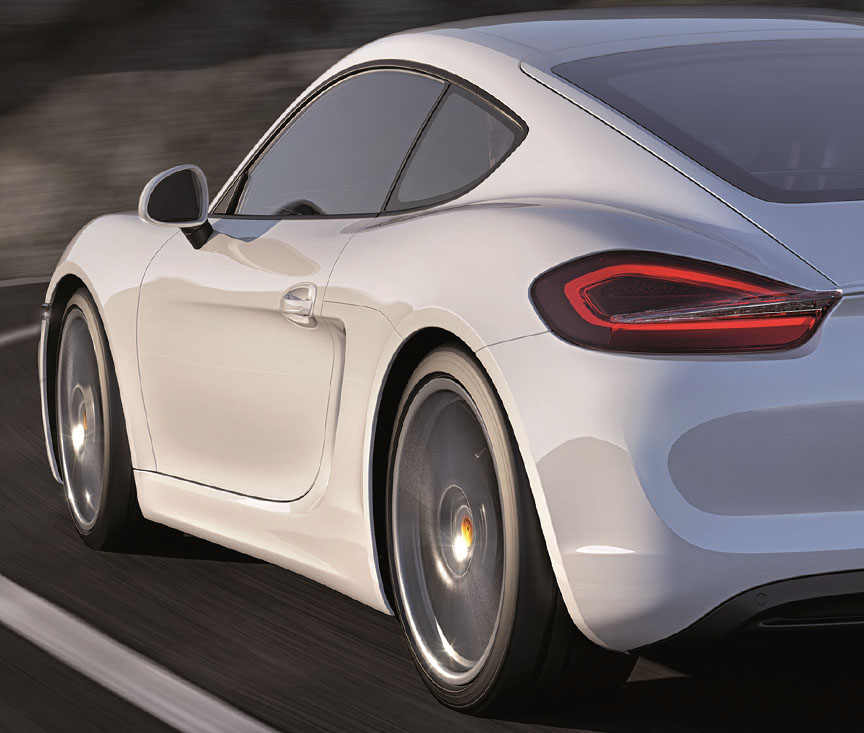
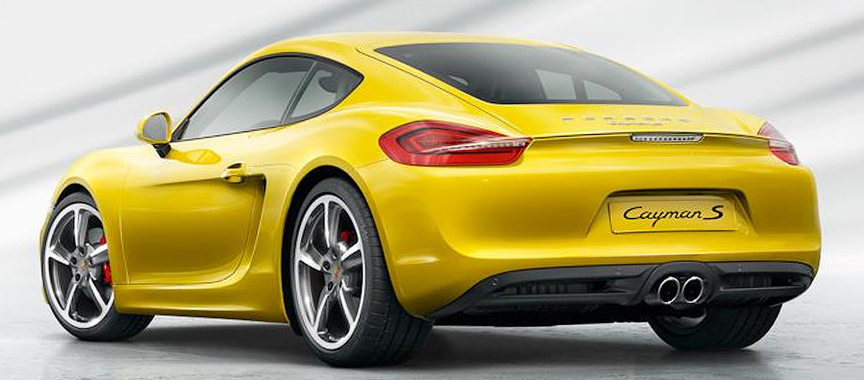
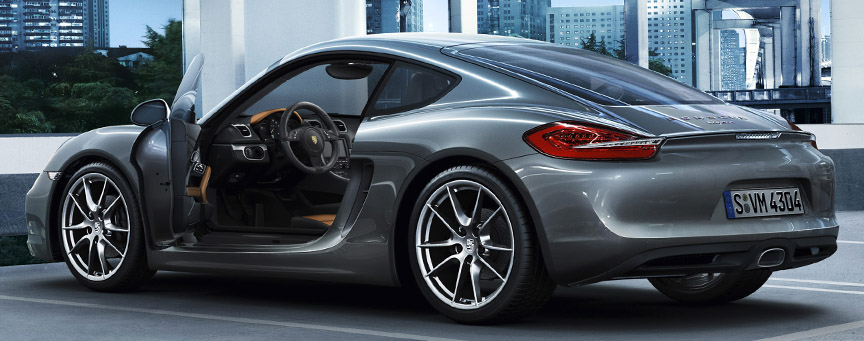
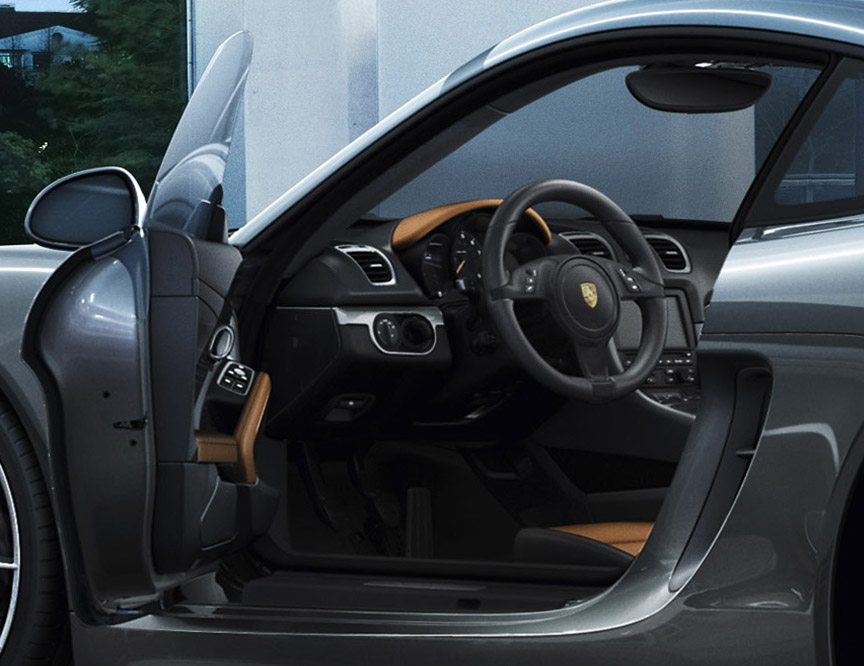
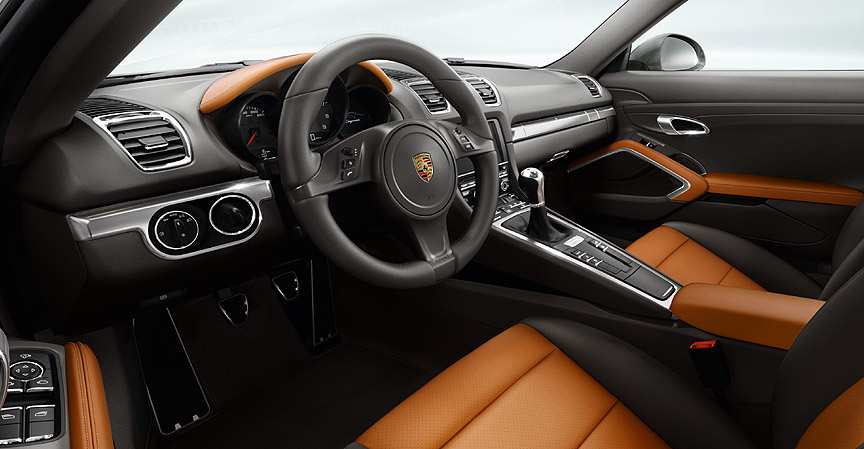
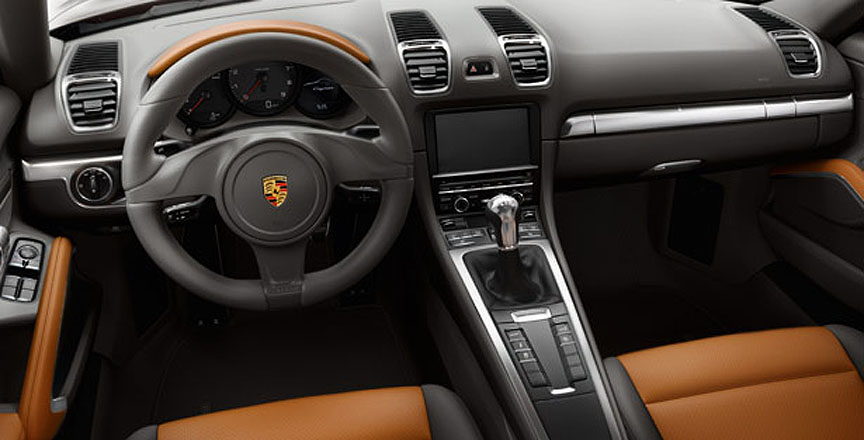
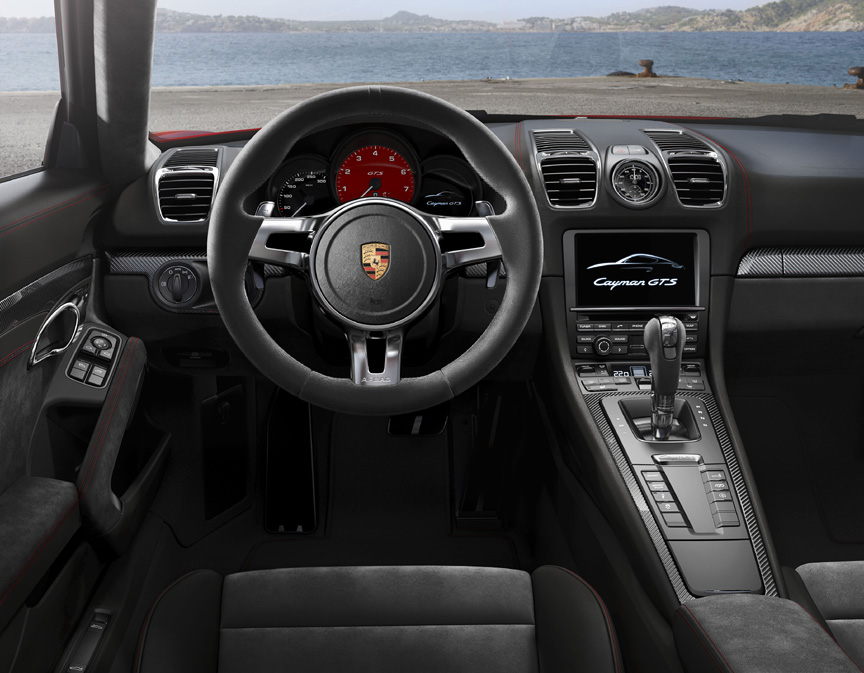

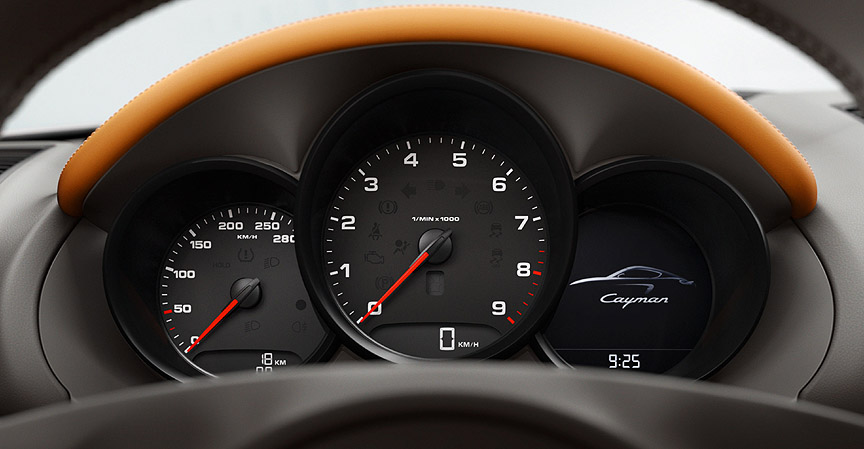
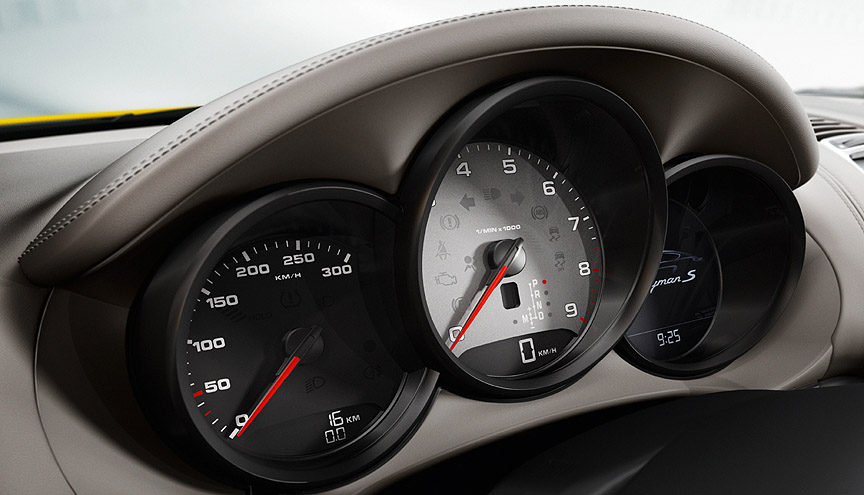
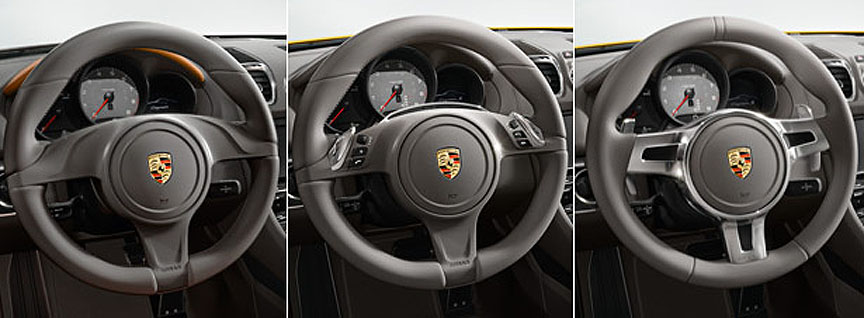
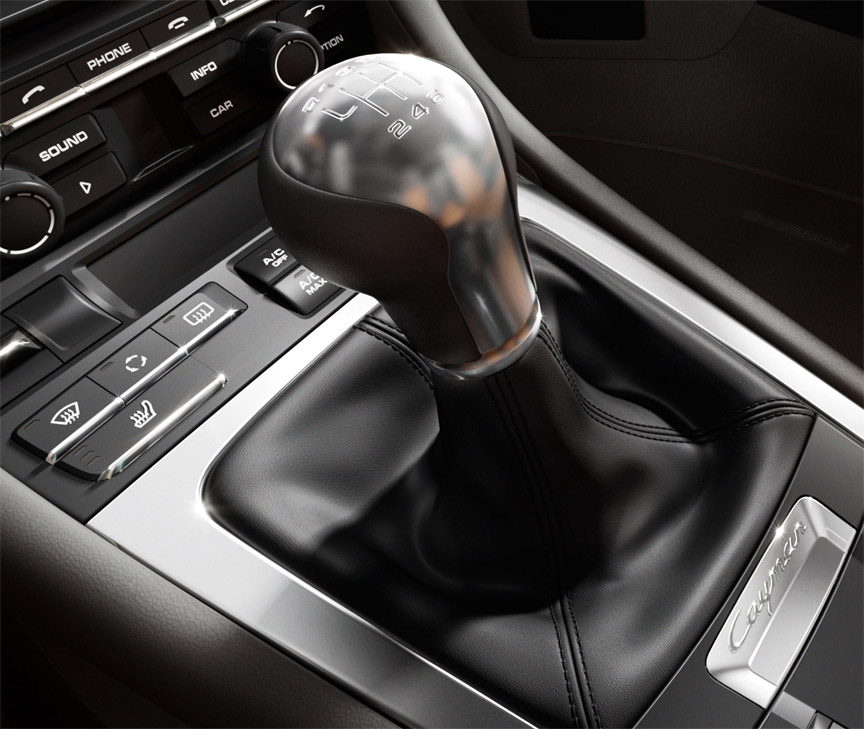
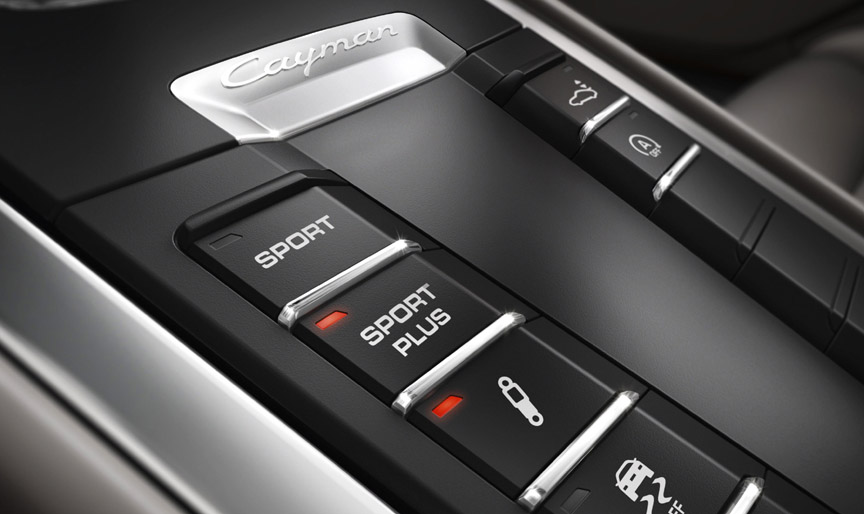
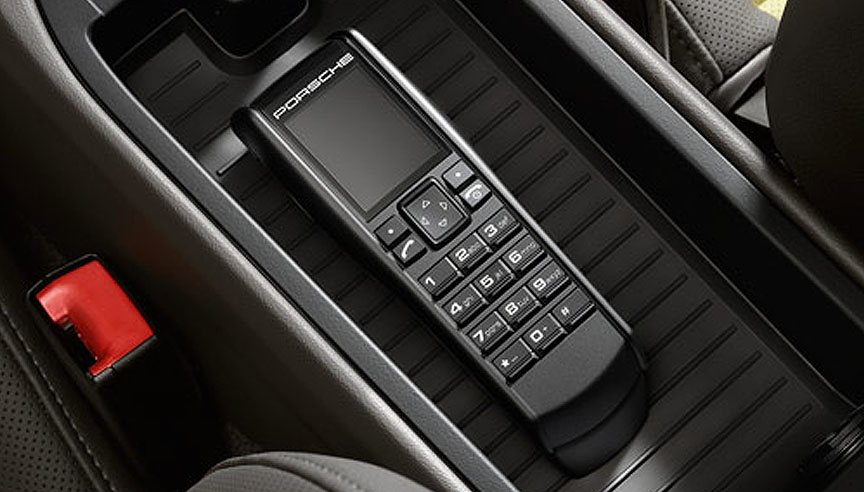
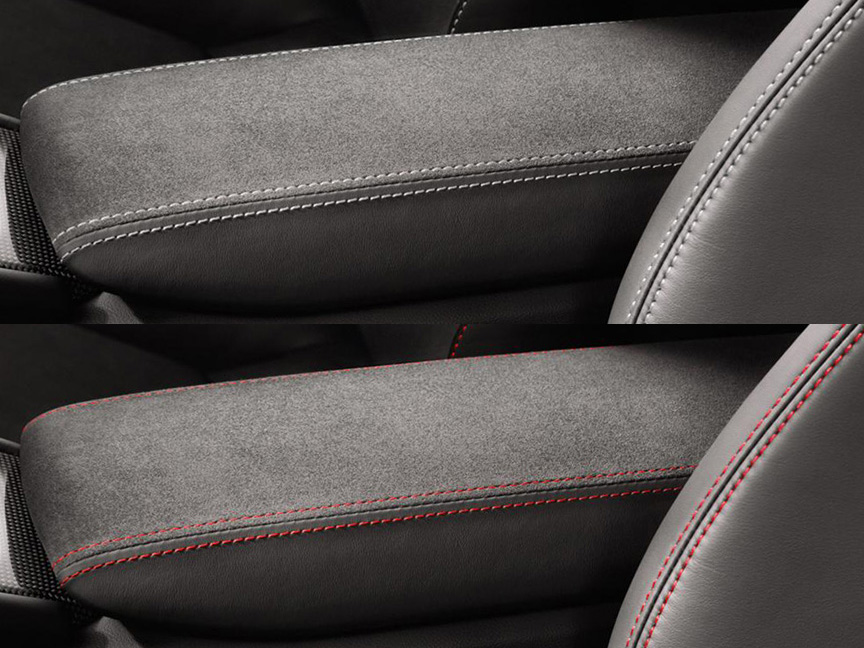
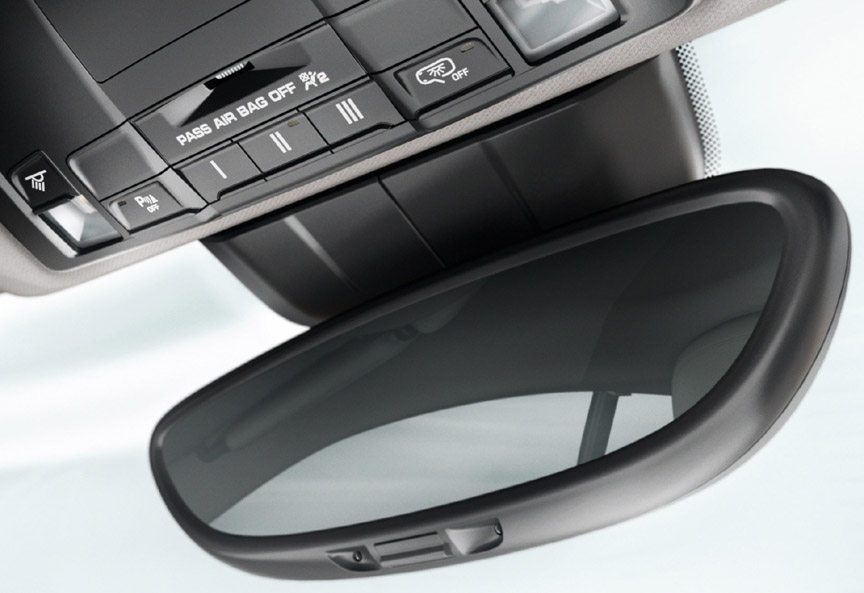
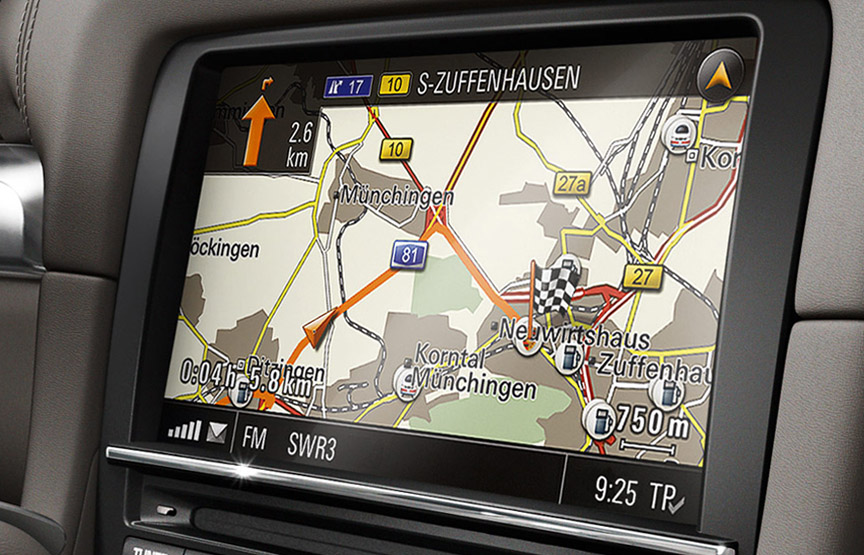
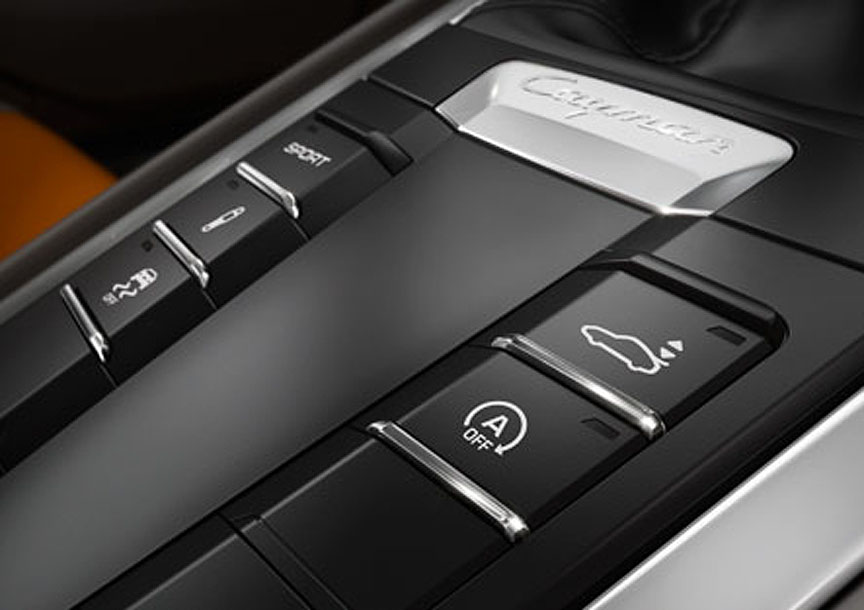
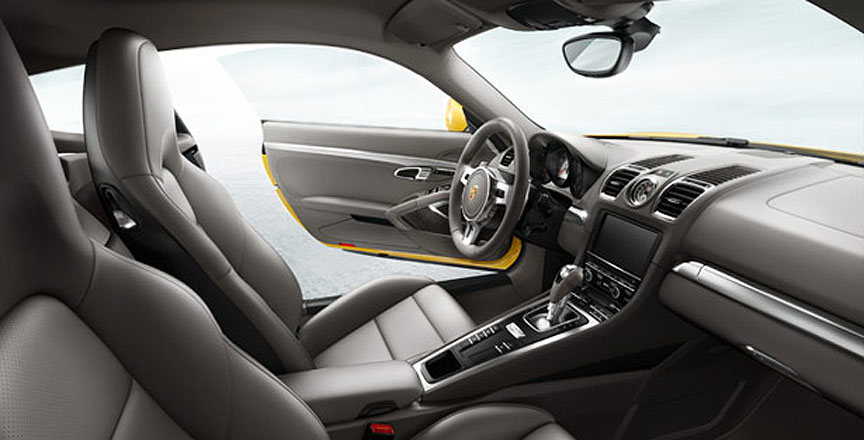
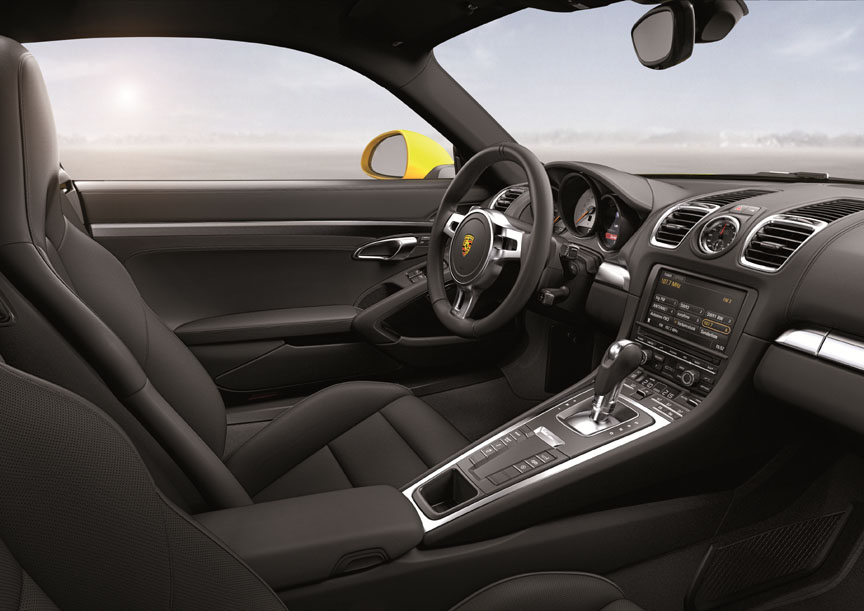
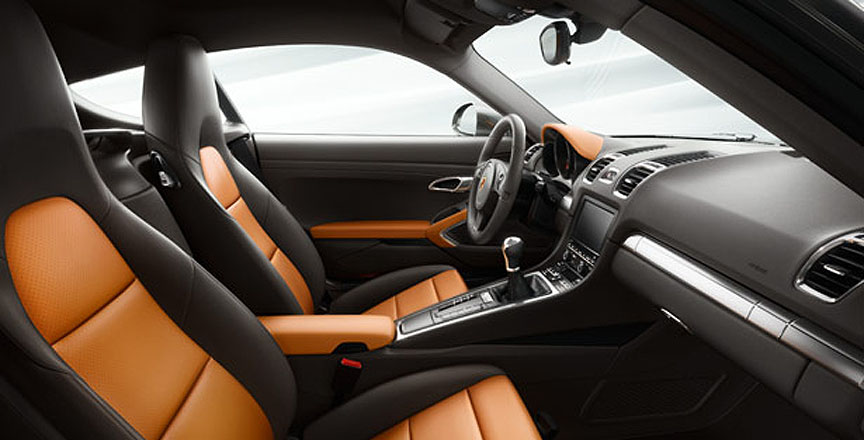
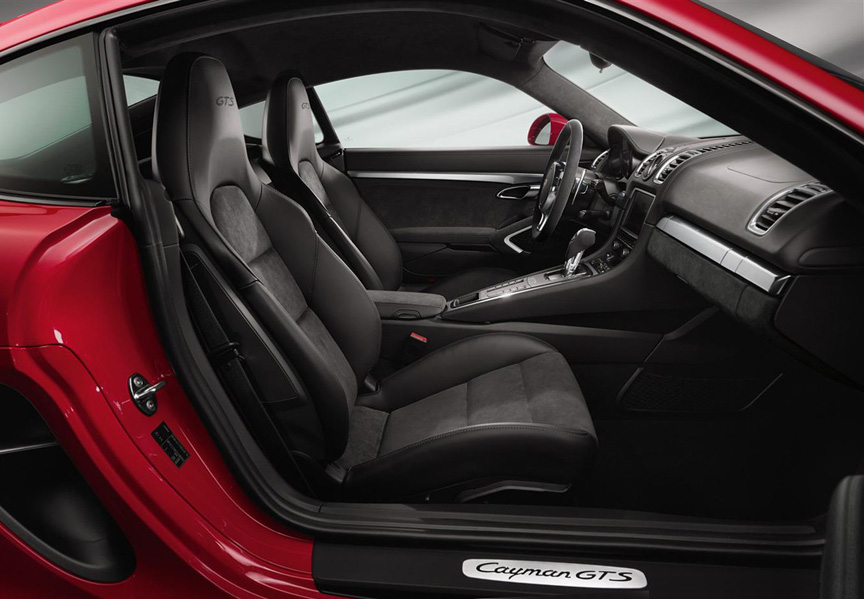
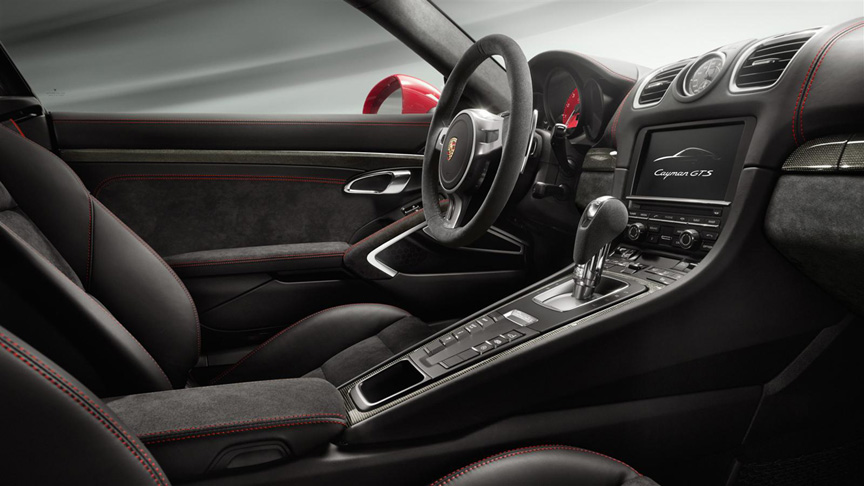
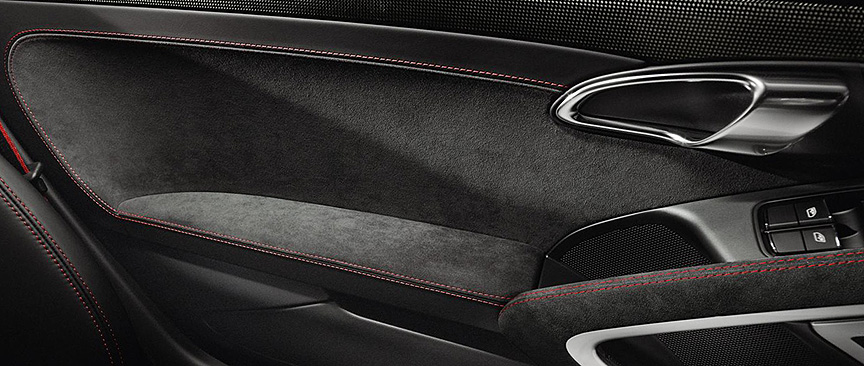
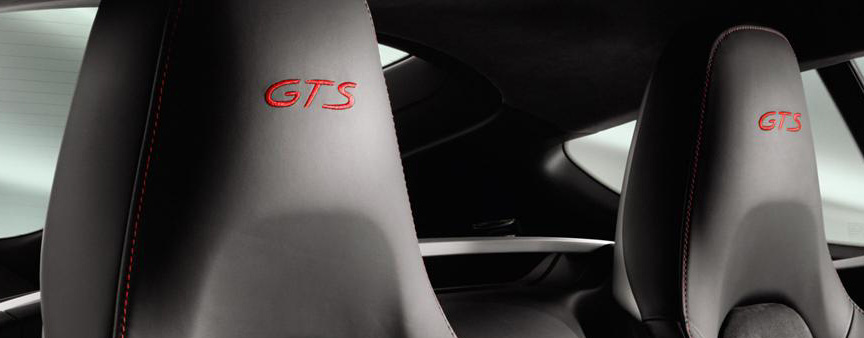
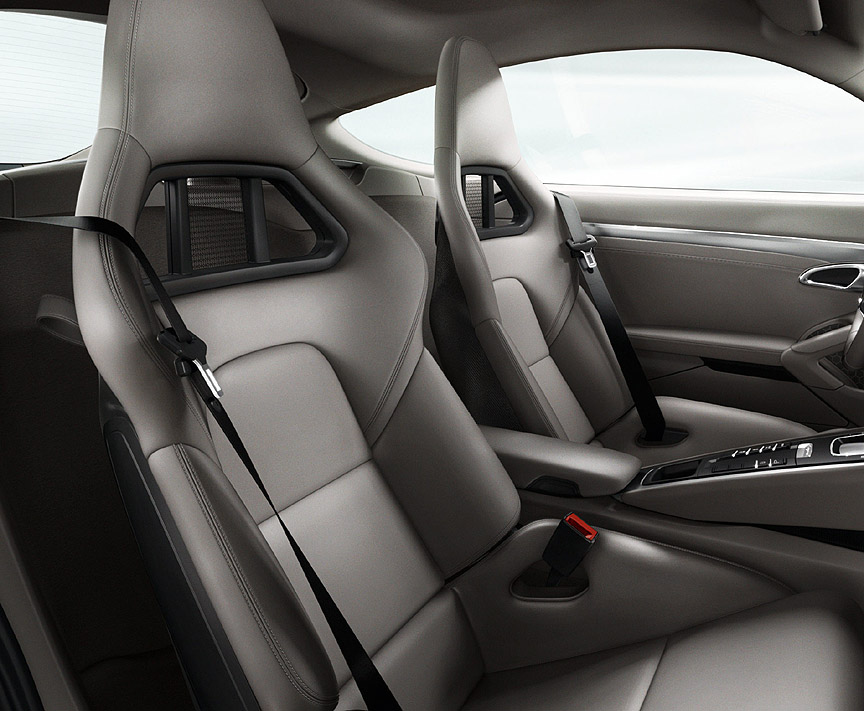

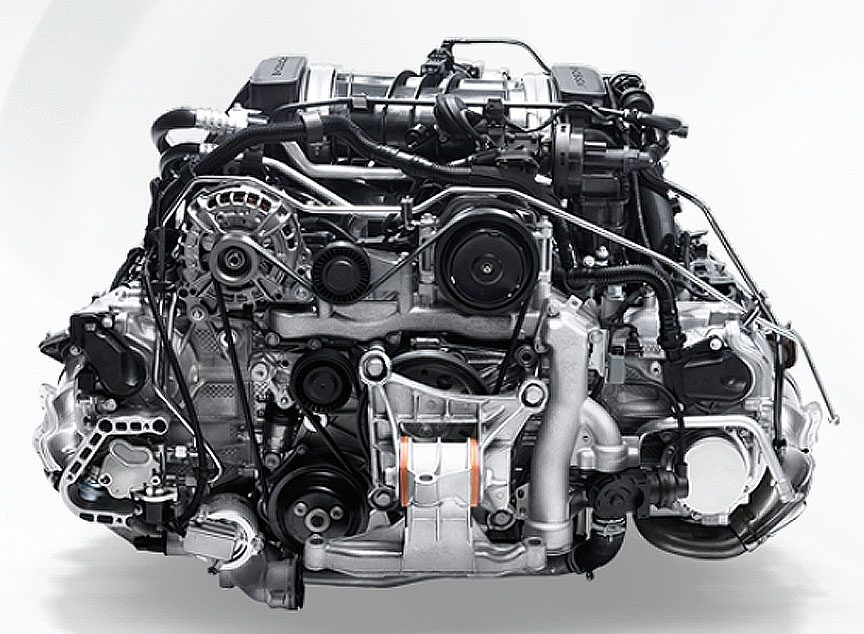
As Caymans were more expensive than their open versions – Boxsters – the Caymans were equipped with tuned versions of the Boxster engines.
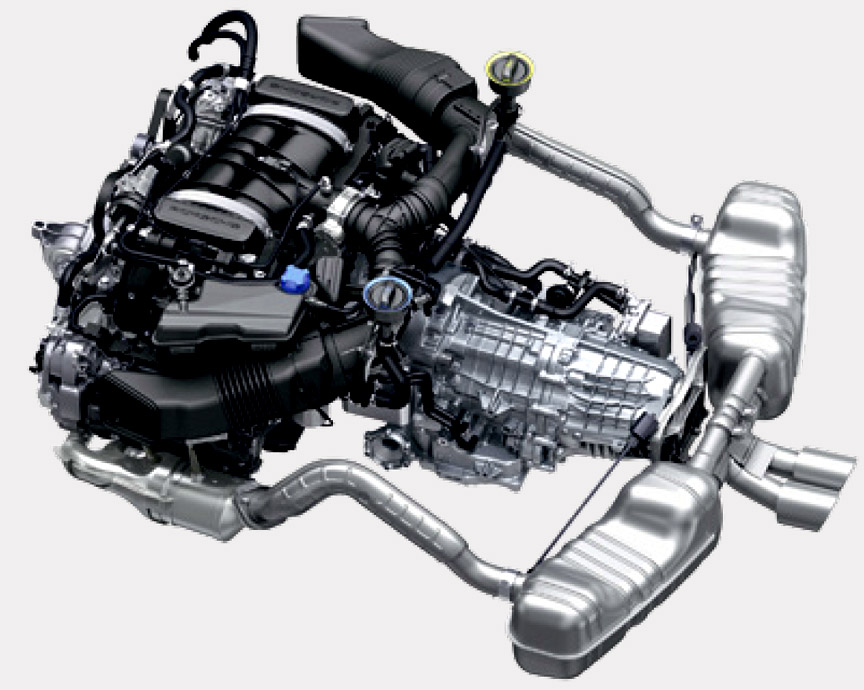
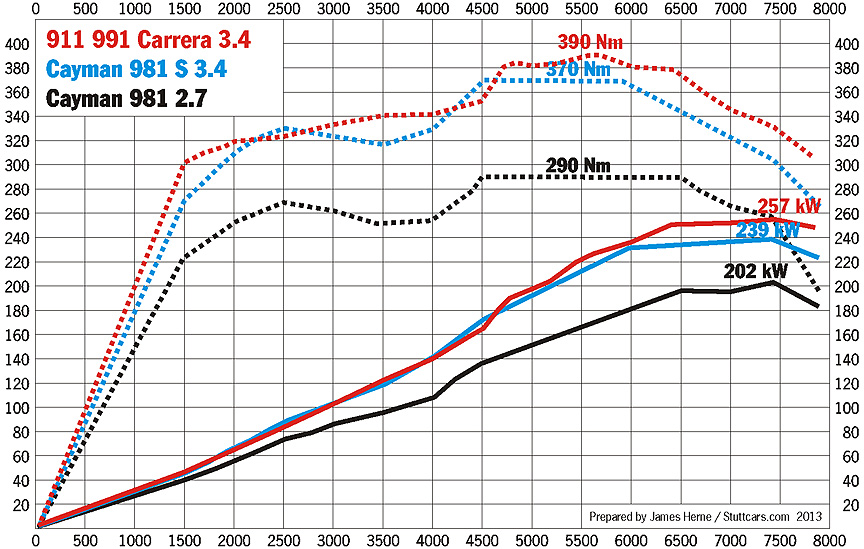
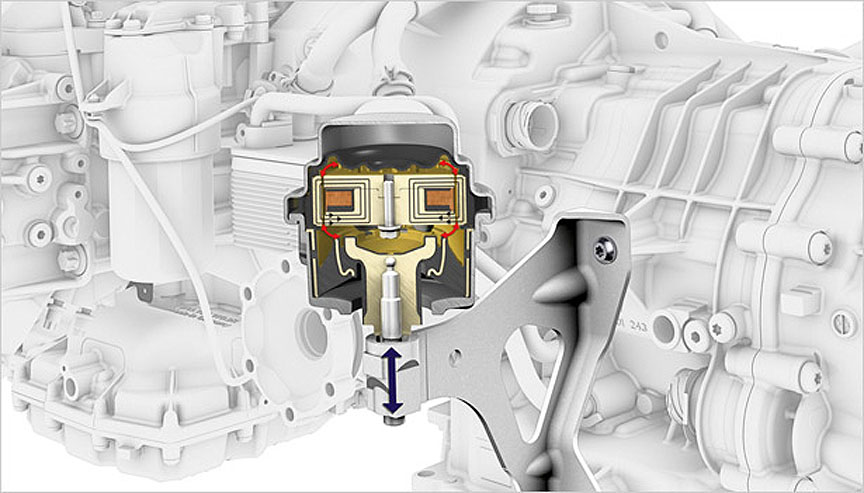

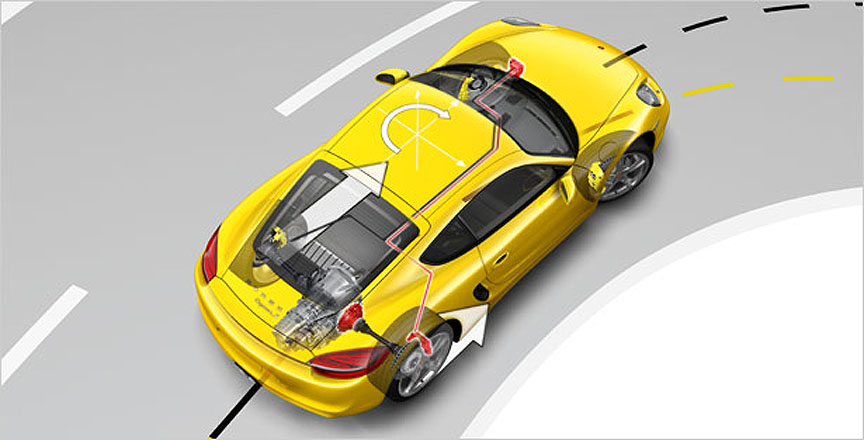


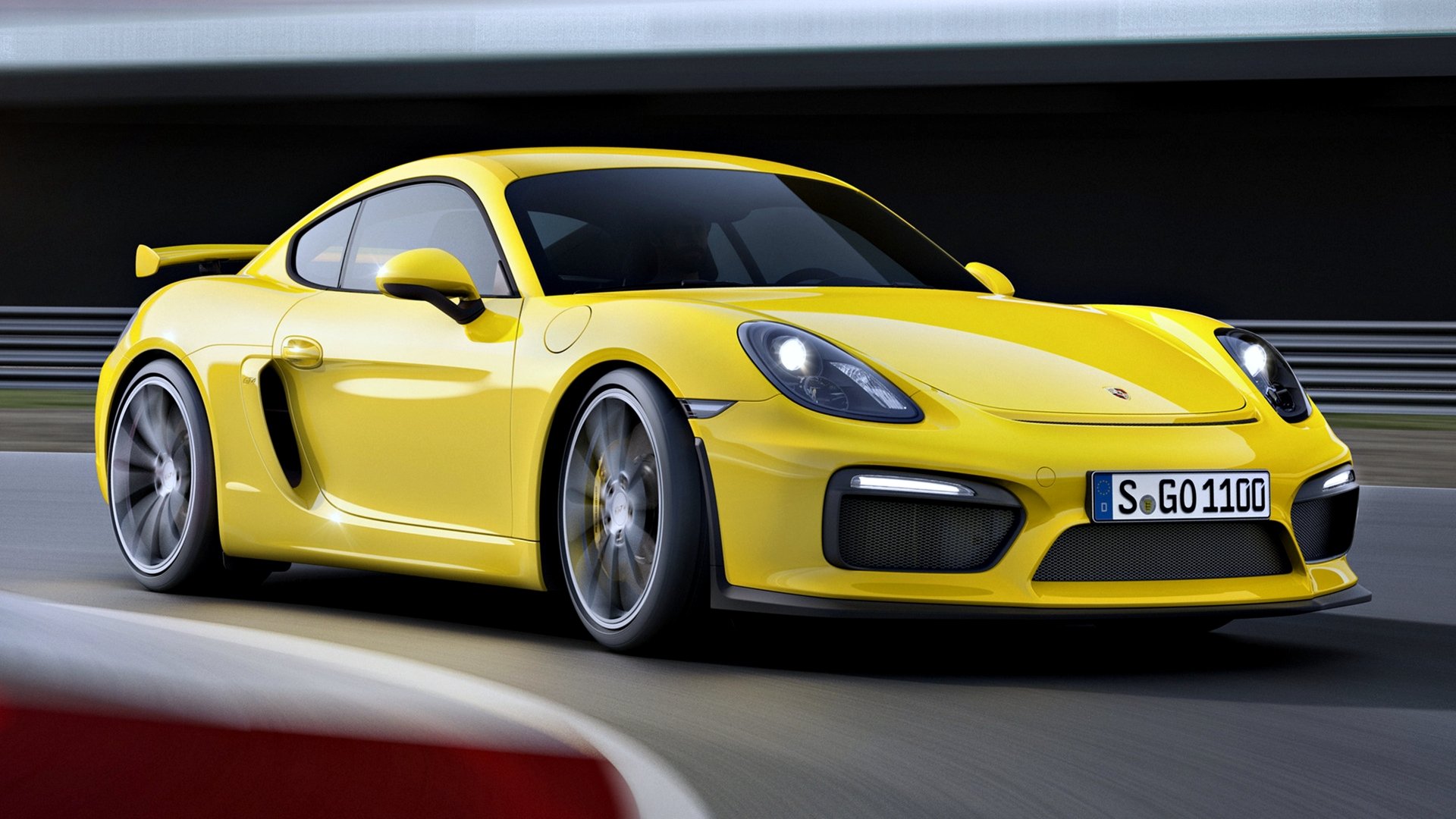
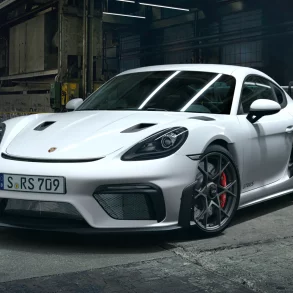
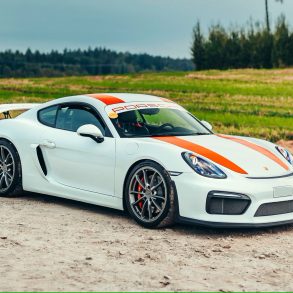
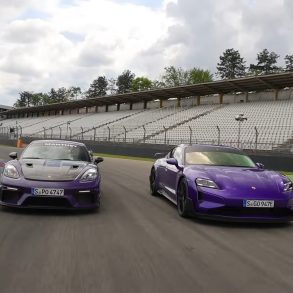
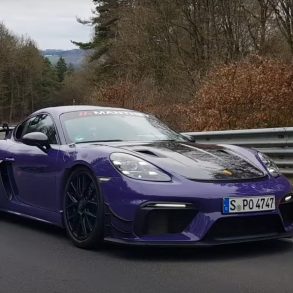
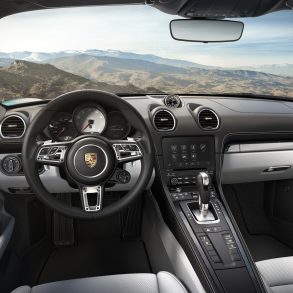
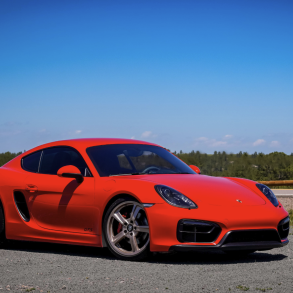
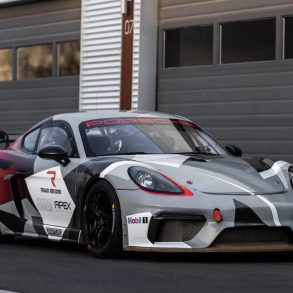
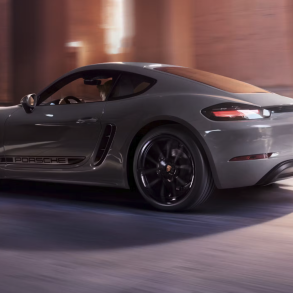

Who designed the 981S engine?
0
I love the Porsche Cayman 981! It’s a great car and I’m glad to see it getting more recognition.
0
I love the Porsche Cayman 981! It’s a great car and I’m glad to see it getting more recognition.
0